The Flavor Genome, 2016, single-channel video, 22 min
Human nature is an interspecies relationship.––”Unruly Edges: Mushrooms as Companion Species,” Anna Tsing
Our studio network lies scattered across the city and across the globe––forced into stillness, isolated, and unable to crystallize in a single space. More than ever, we are thinking of the human and other-than-human webs of interdependence that keep us linked in ways beyond our comprehension.
Before we even leave the womb, our biology is entangled in multispecies social and physical ecologies, institutions, dogmas, and contexts. We shape and are shaped by our environmental care-taking and consumption. What and how do we become when we become with other living beings? Who gets to live and die, and for whom?
Our becoming is a porous and precarious endeavor––a world of flows where nothing is guaranteed, but everything is possible.
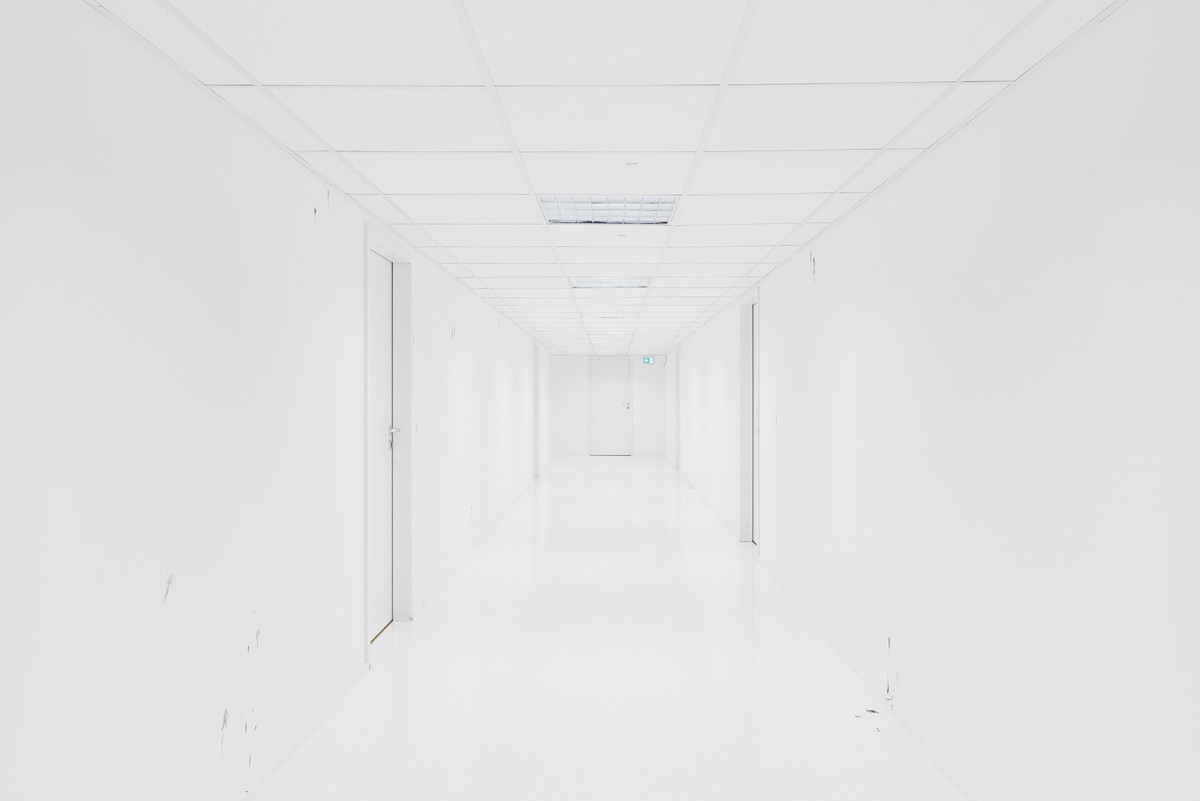
Bodies and borders leak in multiple and indeterminate directions.
Viruses can pass through cellular membranes, between organisms, and across oceans, defying ideas of self-contained bodies, species, and territories. The virus deconstructs boundaries between categories, be they ontological, epistemological, ethical or material––it demonstrates the inescapability of the leaks and flows across all such bodies of knowledge and bodies of matter.
This instability, multiplicity, incalculability, and above all leakiness contradicts the traditional medical model, in which the body is simply the site of objective intervention into the disease. Leaky bodies resist both pathologization and normalization, demanding a holistic concern with the entire person and the systems that constitute them, their (well) being-in-the-world.
Leaky Bodies and Boundaries: Feminism, Postmodernism and (Bio)ethics, Margrit Shildrick
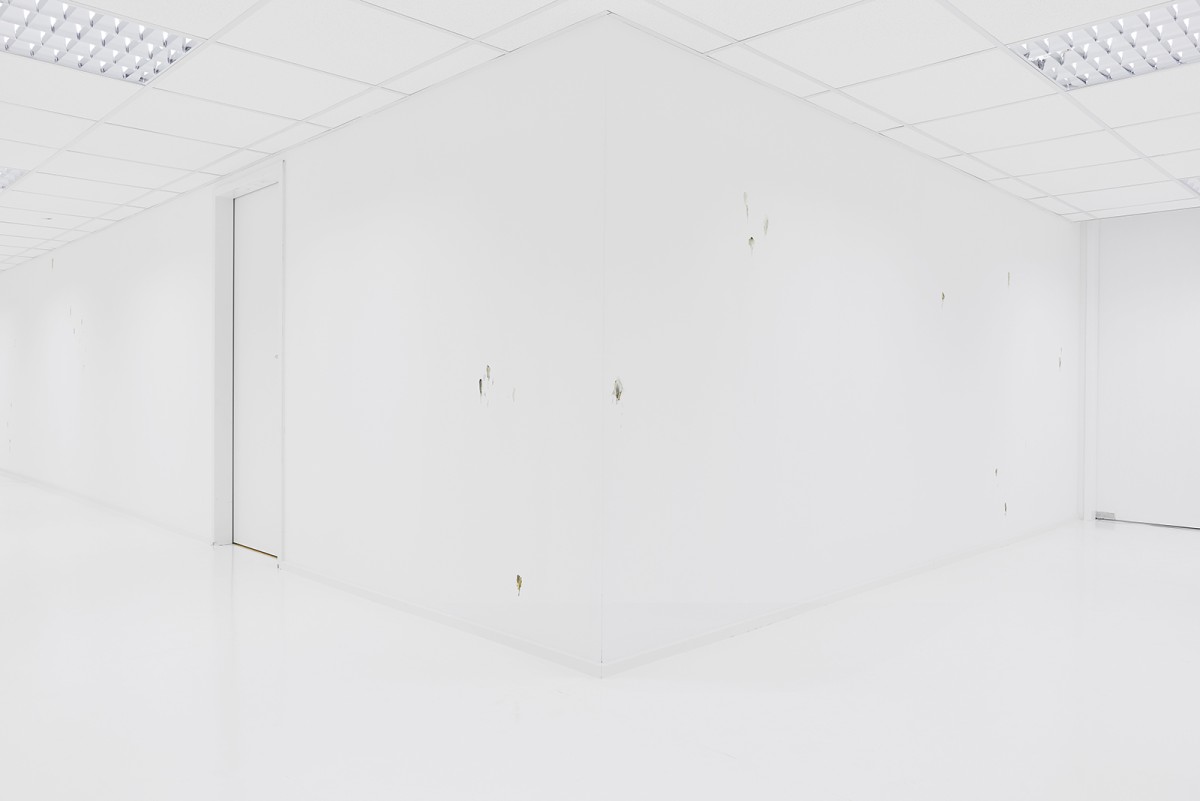
What are the overlooked consequences of assembled ecosystems?
Collages of organic, microbial, and industrial elements emphasize how ecosystems are altered by human patterns of production and consumption. Organisms and materials with different evolutionary trajectories are introduced into new “manufactured” landscapes, often with devastating ecological consequences. This blurriness between natural and synthetic ecologies is opposed to the idea of pure “nature” that is commercialized by and for humans.
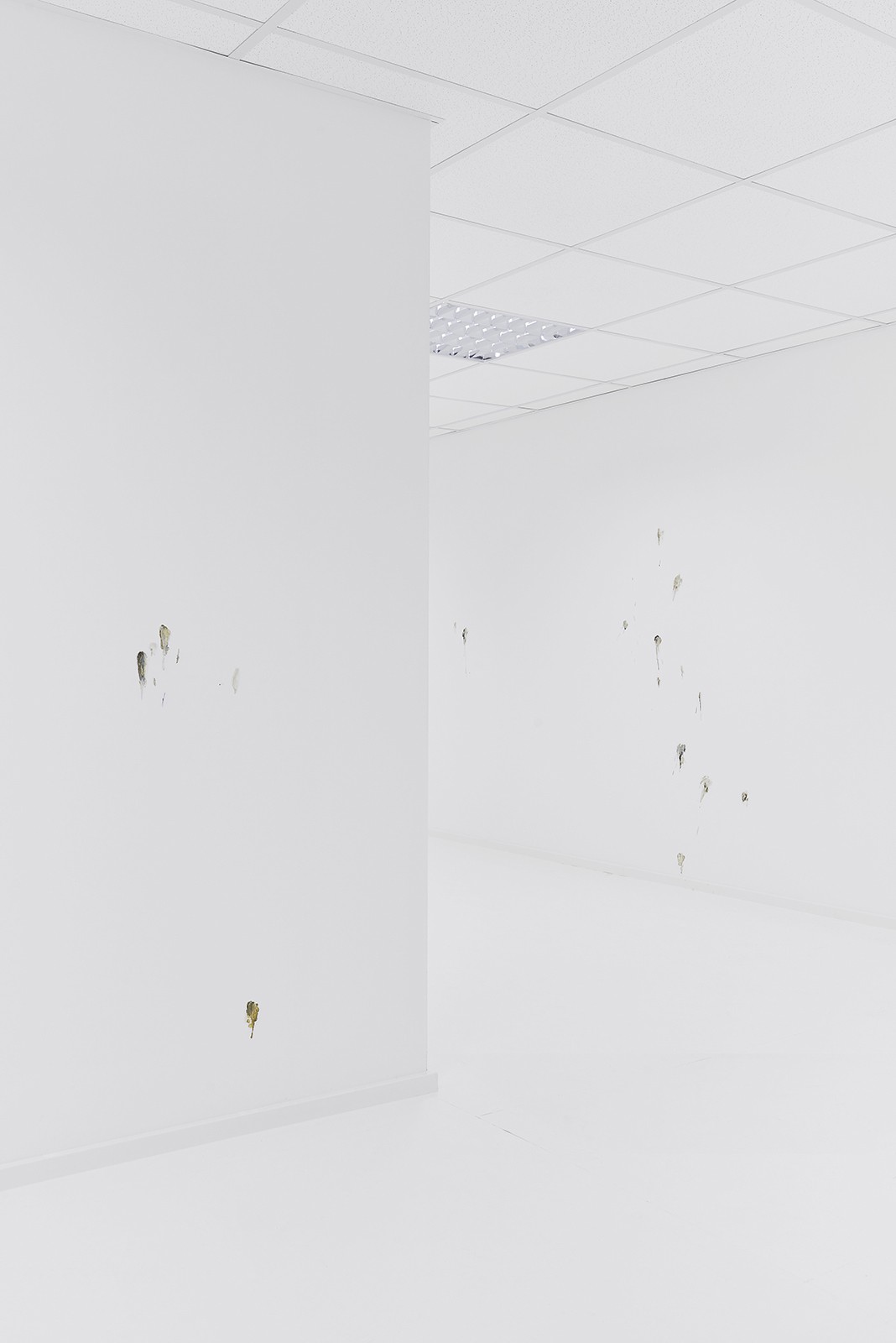
What new growth is possible when the ceaseless beat of industrial production is silenced?
Sun-seeking animals have resorted to nocturnal lifestyles to avoid humans. Profound shifts in the behavior patterns of so many species disturb ecological dynamics that have evolved over generations. Will organisms reclaim daylit territory as curves flatten, smog settles, and gears grind to a halt? Schizophrenic Circadian rhythms find a logic of letting-go outside of the factory model. Time slows, sleep is lost, and sleep returns.
“The Influence of Human Disturbance on Wildlife Nocturnality,” Science Magazine
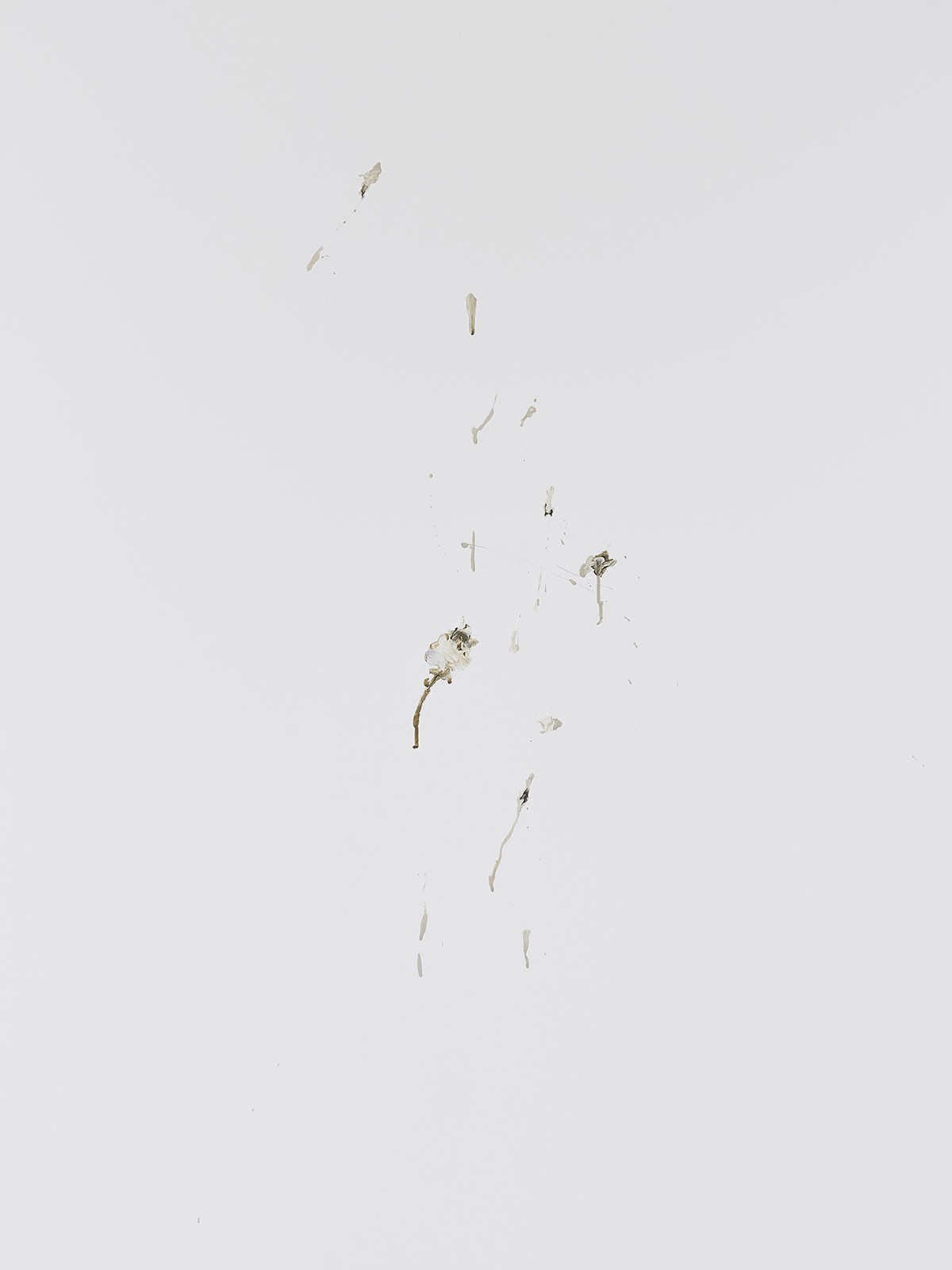
Can we reimagine life and ecology from the virocentric perspective?
Viruses are not considered alive. They cannot metabolize or reproduce on their own, yet viruses are ecological actors of the most important sort. They participate in the planet’s most crucial food webs, turning over almost half of the ocean’s microscopic life daily. Viruses have been identified as regulators of planetary biogeochemistry, controlling carbon, nitrogen and phosphorus cycles on which all life depends.
The importance of the ‘non-living’ virus as a biological and ecological agent suggests the need for a different view of life, one that distinguishes “life” in general from individual living things. The ecological virus thus becomes a philosophically interesting entity that can give insight into the conceptual understanding of agents, activities such as cooperation at the ecosystem scale, and even life itself.
“The ecological virus,” Maureen A. O’Malley

Every living thing exists in complex ecological equilibrium with the microbes it meets and the microbes it harbors.
Viruses, which may well constitute the most abundant biological entities on Earth, remain largely unknown. In particular, mutualistic viruses, those that increase host fitness and have accompanied us for a long time, have remained largely “invisible” and almost entirely neglected.
Only recently have we begun to grasp the ecological and immunological importance of our own “virobiota” (all the viruses that live in or on a host) and the “virome” (the genes of the virobiota). Viruses play a crucial and underestimated role in the overall microbiome. A large portion of human DNA comes from ancient viral co-evolution and many benign and mutualistic viruses live on and within the human body.
“Mutualistic viruses and the heteronomy of life,” Thomas Pradeu
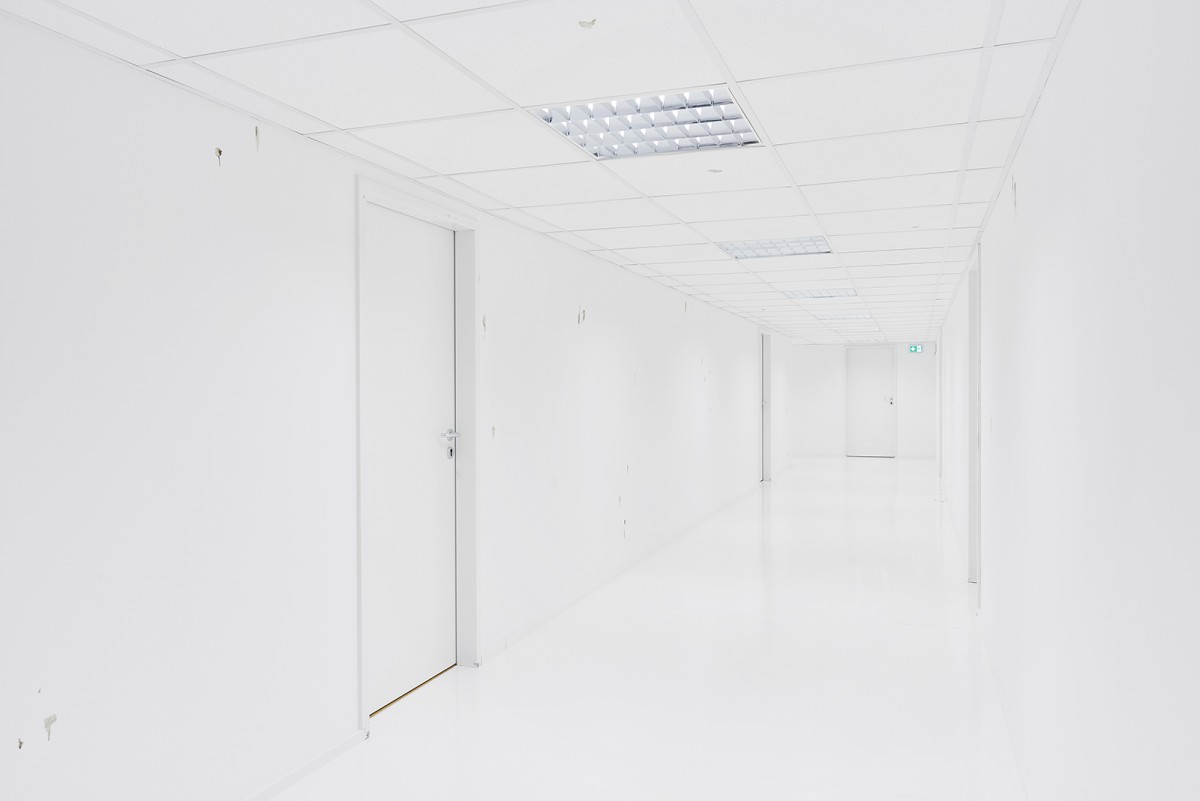
The immune brain is a distributed intelligence that negotiates self and non-self.
How do we define intelligence outside of the cranial paradigm? The immune system is a fascinating, distributed, mobile, circulating system that learns and teaches at the level of the cell. It has memory, some of which lasts our entire life, some of which has to be refreshed every twenty years, every twelve years, a booster shot every six years.
Through our lifetimes, we become hosts, dependent on xenobiota that we invite into our bodies and cultivate and grow as part of a self that is not yet ourselves, a not-self that we cohabit with and are completely dependent upon. The immune brain remembers what is friend, what should be tolerated, what can be learned from and incorporated and not rejected.
“Questioning the Cranial Paradigm,” Caroline A. Jones

Loss of smell has been reported as a symptom of COVID-19. Though smell is the oldest and deepest of the senses, it is always positioned at the bottom of the sensory hierarchy. Kant dismissed smell from aesthetics, as it was considered too close to the body and its appetites to allow for disinterested judgment.
“Disembodiment is the defining illness of our time,” says Sissel Tolaas, a self-described “nasalnaut” who wants to explore smell and bring it back as a tool of human communication and bodily knowledge. Smells can give us insights into our health, memories, and emotional states. Tolaas’ work includes resurrecting lost scent molecules, cataloguing and inventing new vocabulary for smells, and creating smell and taste portraits from human bacteria (such as cheese cultured from the bacteria of food writer Michael Pollan’s belly button and from the nose of Swiss art curator Hans-Ulrich Obrist).

“Atmosphere names a space of unpredictable touching, attractions, and subtle violences”––Neel Ahuja
Atmo-orientalism is a term indicating how Asiatic subjects are framed in association with atmospheric toxicity and perceived as chemical threats to the integrity of white bodies and minds.
As a discourse, Atmo-orientalism perpetuates ideas of racial difference that blame the victims of environmental racism (the uneven allocation of noxious air) by framing them as atmospheric threats. As a strategy for producing space, atmo-orientalism underscores the dispersed (atmospheric) materiality of racism—its capacity to be embodied not in physiognomic or genetic terms but through the ways in which geographically differentiated atmospheres enter and chemically transform racialized bodies.
Beneath atmo-orientalism’s racial stigmatization is an anxious awareness of the risky, trans-corporeal exchanges of matter between bodies and environments. But what if the trans-corporeal capacities for violence and vulnerability are also occasions for perception and empathy—for the re-conception of bodies in terms of molecular exchanges and the expansion of material-and-ethical relations across racial and geographic lines?
“Atmo-Orientalism: Olfactory Racialization and Environmental Health,” Hsuan L. Hsu
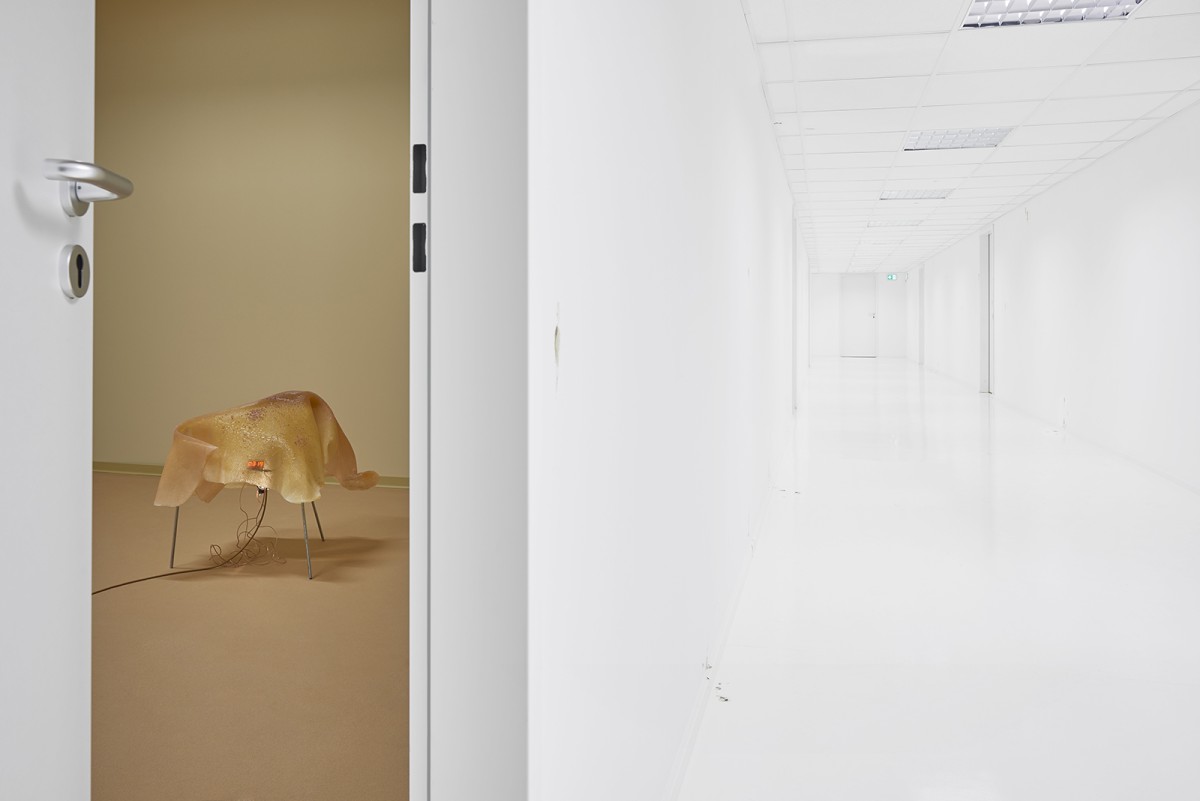
Biological race does not exist.
The stirring message of the HGP (human genome project) is a ringing denunciation of race. There is so little variation among the genomes of what are thought of as separate racial groups and so many genetic characteristics in common that race was found to have no basis in biology.
The term “race” is used as a common argot, a convenient way of designating ethnic groups that are perceived as distinct. But race is important in discussions of health and disease––if race is not real, how can we speak of race-based therapeutics? The answer is that race IS real, but it is not biological. It is social. What correlates very closely to most “racial differences” in life expectancy, mortality, disease susceptibility, and survival is the race to which one is perceived as belonging.
Medical Apartheid: The Dark History of Medical Experimentation on Black Americans, Harriet A. Washington